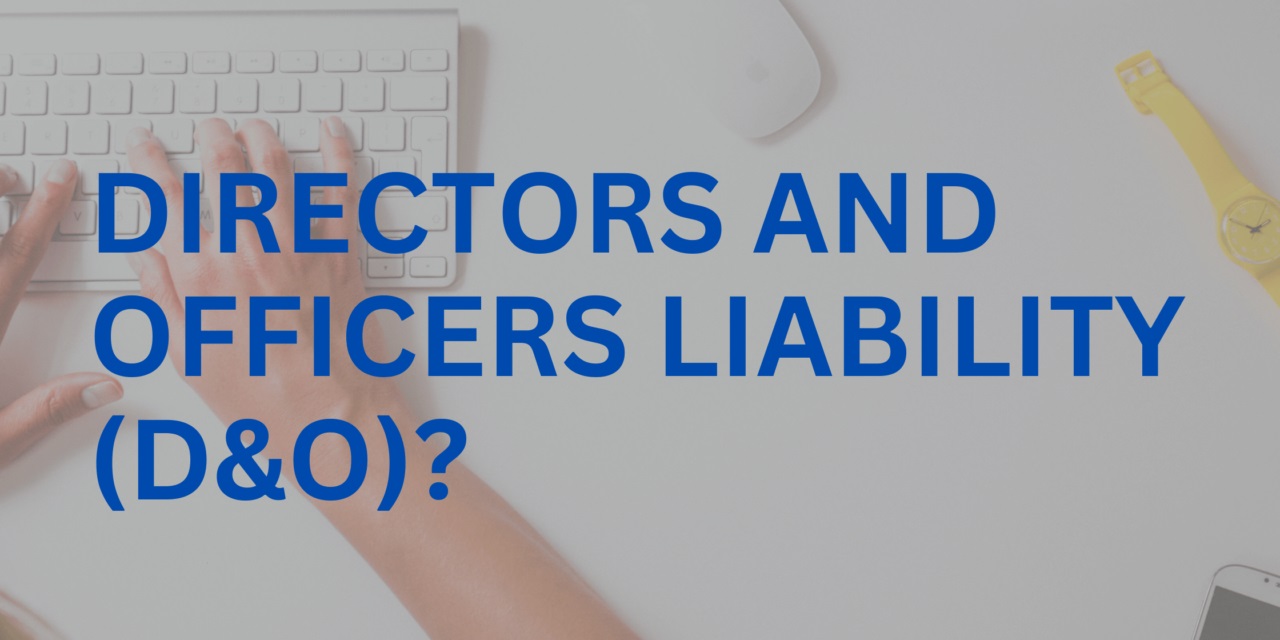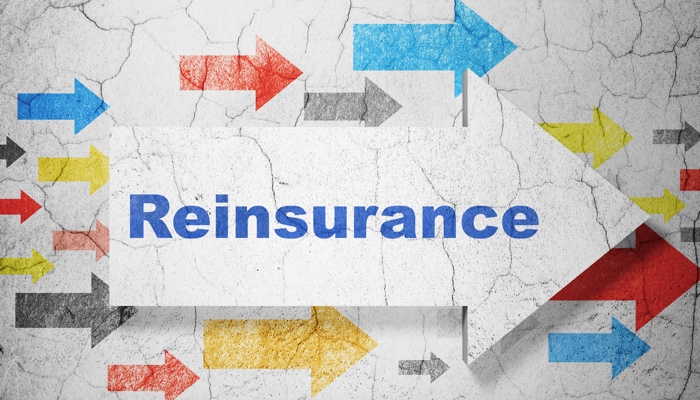
What is a Directors and Officers Liability (D&O)?
If you are an avid Twitter user, I am pretty sure you have come across Elon Musks tweets. The CEO of Tesla and Space X is known for sharing updates about his companies on the platform. On 7th August 2018, Musk tweeted that he could take Tesla private at $420 a share. This resulted into a Securities fraud charge brought against Musk by the Securities Exchange Commission (SEC). Elon Musk and the SEC eventually agreed to a settlement with Musk paying a fine of $20 million. (SEC.gov | Elon Musk Settles SEC Fraud Charges; Tesla Charged With and Resolves Securities Law Charge).
There a numerous example such as these of where lawsuits have been brought against directors and officers of a company not only by a regulatory body but by other stakeholders. A Director or Officer of a company ought to always act in a best interest of the organization it’s shareholders and the Stakeholders as well. A wrongful act by the director or officer would result in a lawsuit. A Wrongful act could include anything from a breach of contract, breach of duty, misstatement, neglect or even breach of authority.
The Legal action that can be brought against the director or officer of an organization can come from a multitude of areas such as;
- Employee discrimination. This could be on grounds of sex, religion or even race
- Abuse of power or authority
- Wrongful dismissal
- Libel or Slander
- Financial irregularities
- Mismanagement
- Takeovers and Mergers
How the D&O Policy Works
The costs involved in the legal proceedings involving a director can be enormous. These costs can include legal costs, legal expenses, Judgments, settlements etc. The purpose of the D&O cover is to indemnify the Director or Office against the legal liability that results from a wrongful actions done or attempted by the directors either individually or collectively while performing their duties solely in their capacity as directors or officers of the company.
The Standard D&O policy provides coverage under two insuring clauses; Side A & Side B.
Side A Coverage (Individual Directors and Officers): This section indemnifies the individual directors and officers directly for the legal costs and settlements in circumstances where a they have or attempted to commit a wrongful act. Side A coverage usually applies in situations where the company is not in a position to indemnify its directors or officers. An example of this can be when a company becomes insolvent or where the organization is legally not allowed to indemnify the directors. The essence of the Side A coverage is to protect the personal assets of the directors and officers. The argument here being that without this coverage, the individual directors or officers would have to use their individual assets to meet the financial burden of the legal costs and awards.
There is no deductible applicable under Side A Coverage.
Side B Coverage (Company Reimbursement): This responds to indemnify the company or organization itself for the legal costs, settlement and or judgment awards it incurs on behalf of its directors and officers. The organization can only cover the legal costs of its director or officer if it has a contractual duty to do so as part of the employment contract with the said director or officer. The essence of Side B cover is to protect the Balance Sheet of the organization. For example, the director in company X is sued for a wrongful act and legal costs are awarded against him/her. The director will then approach company seeking reimbursement for these costs as part of the contractual arrangement he/she has with the company. The
Organization will reimburse the directors legal costs and file for indemnification from the insurance company as per the D&O policy.
Usually a deductible will be applicable under the Side B cover.
One aspect of importance to note is that under Side A and Side B, the individual director or officer is named as a defendant in the law suit?
There however situations where the entity or organization itself is named as a defendant in lawsuit involving he organizations defendants or directors. In such a circumstance, both Side A and Side B would not respond the claims. The Appropriate cover for such is the Side C cover or what is at times referred to as the Entity Cover.
Side C cover (Entity Cover): Usually purchased by Publicly traded companies, Side C indemnifies the organization itself for legal and defense costs arising from claims suffered as a result of securities related grievances. An example of this could be shareholders filing a lawsuit against the company for reasons related to securities traded on the stock exchange.
What are some of the underwriting considerations for a D&O Coverage?
- The Insured
- Geography
- Ownership
- Risk Management
- Cover type and Limits
- Claims History
Underwriters would be able to obtain this information from the Proposal form submitted by the client. However, accounting information (audited book of accounts) is also particularly relevant.
What is not covered?
D&O policies exclude a wide variety loss. The Exclusions will typically vary from underwriter to underwriter. Some of the common exclusions include the following;
- Insured Vs Insured Clause: A D&O policy will preclude coverage for claims arising from legal suits between directors and officers of the same company. The reason for this is to eliminate or avoid infighting/internal disputes and collusion.
- Anti-Trust exclusion: Anti-trust laws are put in place by governments to protect consumers and promote fair competition. D&O policy will exclude claims from activities that go against these laws.
- Prior Knowledge claims. Prior Knowledge refers to claims that the insured knew or should have known prior to purchasing the cover.
- The D&O coverage will exclude indemnification for claims related to activities that are criminal in nature or fraudulent.
- Major Shareholder exclusion: – Some D&O policies will preclude coverage for claims made by shareholders who won at least of the entity’s Stock. The reason behind this is that such claims are more often than not driven by infighting between the Shareholder(s) and the management rather than wrongful acts tied to managerial decisions by the D&O officers.



